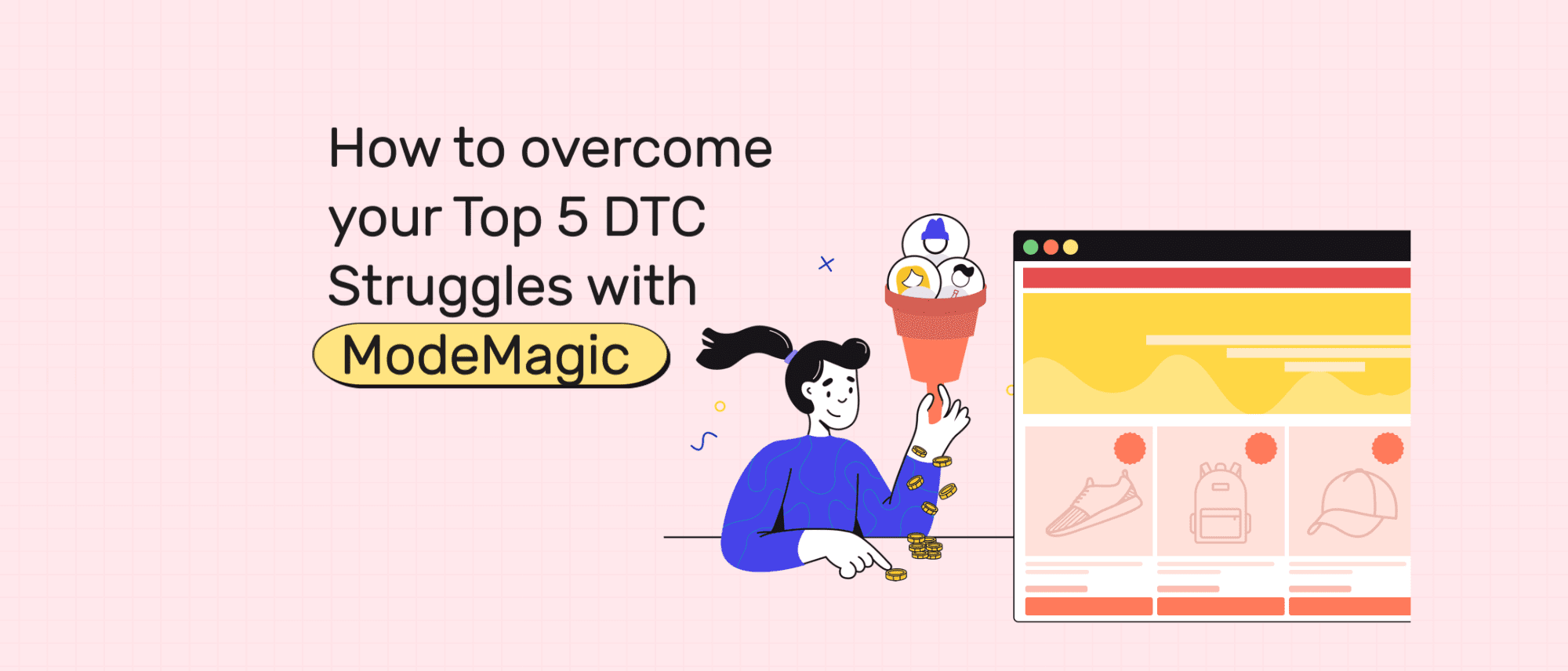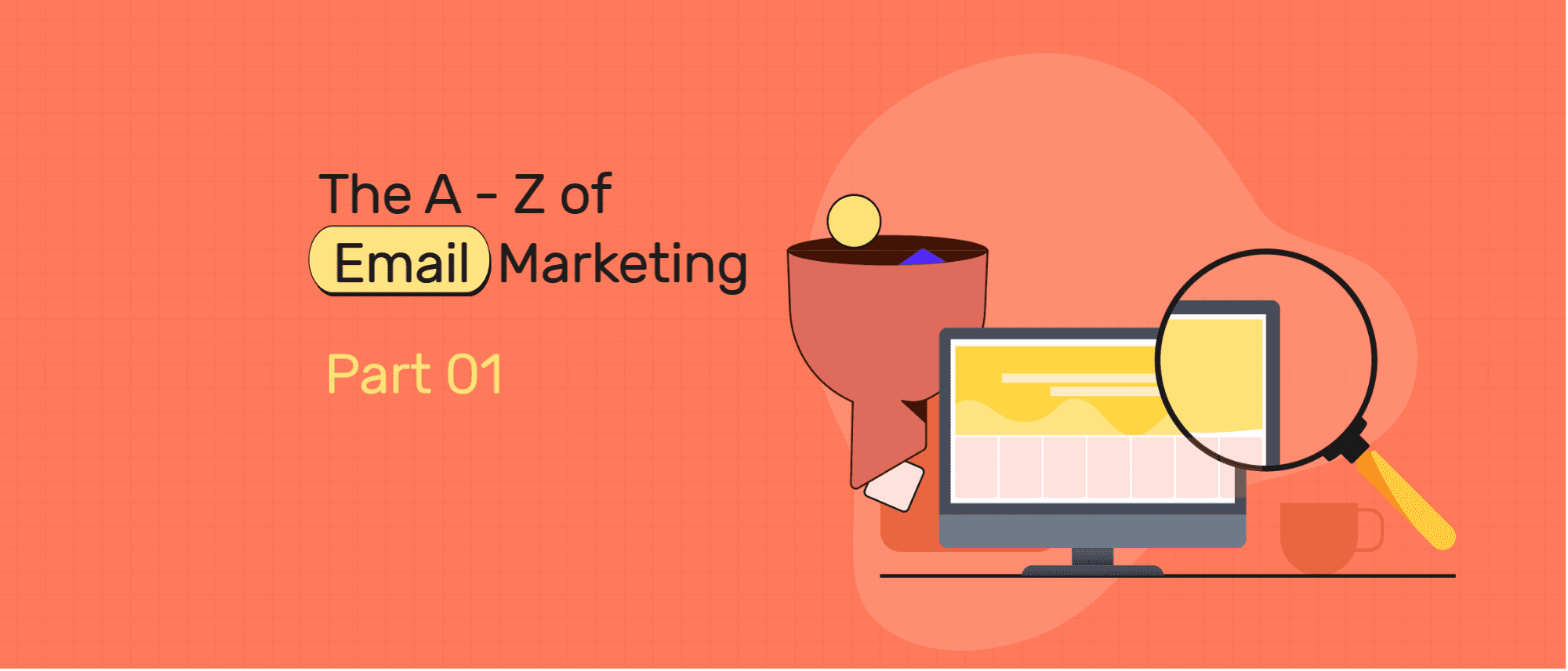Conversion rate optimization done right involves starting with customer research. Meaning analyzing quantitative and qualitative data.
The most common qualitative data used by CRO people are: customer surveys, exit polls, user testing, customer interviews, live chat and customer support tickets
But there’s one that has been flying the radar and is probably the most underrated at the moment. Despite the incredible impact it can have on any eCommerce
It's called review mining.
Let's dig into it.
What is Review Mining?
It's a customer research methodology that consists of analyzing customer reviews and extracting valuable insights, so you can improve whatever metric matters to your business.
Review mining can be done for different types of goals. For example:
- To improve the conversion rate and revenue of a specific product
- To improve the quality of a product
- To gather new insights and learnings that you’ll use to develop, create and launch new products
You can even leverage it to learn more about your competitors’ customers and why they buy their products. Or what alternative solutions they might be considering during their journey.
What are the Benefits of Review Mining?
If your goal is to increase a product conversion rate and its sales, here are some examples of insights that reviews mining can help you uncover
- Product features that your customers like the most
- The benefits and the outcomes that your customers got from your product
- The objections your customers had before buying the product
- The competitors they considered during their journey
- Any problem, issue, or complaint customers had during and after the buying process
These insights allow you to come up with ideas and solutions to increase sales, conversion rate, and lifetime value.
Review Mining: Process and Framework
After having analyzed thousands of reviews for some of my clients, I’ve created a step by step process and framework that can help you go from:
“I don’t have any insight about customers that buy my product”
to...
“a reviews mining hero”, with just a couple of days of work.
So you can start improving your product page very quickly.
Here are the 4 steps:
1. Add customer reviews to Google Sheets
The first thing you want to do is to transfer your customers' reviews from your website to a Google Sheet.
You can manually copy and paste them or you could use a scraping tool. But be aware that if it’s not your website, you would need to consult with a lawyer to make sure you're following the rules.
You can download the template I use here.
I recommend starting with at least 100 insightful reviews. Here, the keyword is “insightful”.
For example: “I love this product, I’ll buy it again” is not an insightful review because it’s not actionable.
So, make sure to remove these types of reviews from your list. Only keep juicy responses where people share a lot of content and information.
2. Read through the reviews and bucket each insight into one or multiple categories
For each review you go through, you’ll discover some valuable insight. And you’ll start to notice some patterns of categories that you can bucket each insight into.
For example, here are some common ones:
- Benefits customers got from the product
- Reasons for buying the product
- Product features that customers found valuable
- Objections and hesitations before buying the product
3. Discover the most popular subcategories
Once you are done with the categorization process, time to quantify your insights.
Meaning that you want to understand what the most popular
This allows you to start prioritizing taking actions on the most popular subcategories discovered.
For example:
If in the “Objections” category you have learned that 80% of customers were hesitant before buying because of X reason.
Then you should prioritize tackling that objection compared to a less popular one.
4. Take action
This is the most important step in the reviews mining process.
Time to come up with ideas on how to improve the product page based on the insights discovered.
Few things (and questions) to consider when coming up with ideas and solutions:
- If customers have a specific objection, how can you lower that objection on the product page using copy and visuals?
- What are the most common benefits that customers got from the product? And how can you increase their prominence and/or clarity on the page?
- Do customers mention a product feature they love but that information is missing from the product page? Could be worth adding it.
Do you want to see an example of how to execute the insights discovered from reviews mining?
I have a Youtube show called "Understanding How Shoppers Think".
Every week I pick a DTC brand and I analyze their customer reviews. And give actionable ideas on how to improve their best seller product page.
What if you do not have enough reviews on your product page?
If your hero/best selling product doesn’t have 100+ insightful reviews (or even has 0 reviews) there are 3 things you can do to gather qualitative data to improve the product page:
1. Analyze reviews on 3rd party sellers' websites
Do you also sell on 3rd party retailers like Amazon, Walmart, Target, etc?
If so, you can easily execute reviews mining there, by following the same steps I’ve outlined above. The additional benefit here is that you might come across some insights (positive and negative) about how your customers experienced your product on those platforms.
2. Go through customer support tickets and live chat conversations
Message the person responsible for customer support and ask them to share with you the most common reasons why people reach out to you. And the most common questions they ask.
I highly recommend spending some extra time reading through those conversations. I promise you’ll find some valuable insights.
3. Analyze your competitors' reviews
Pick the top 1-2 competitors that you know your customers consider during their journey. And execute reviews mining on their product.
Sure, it’s not as accurate as doing it on your own, but you’ll learn more about their customers, who happen to be your potential customers as well.
Top 3 tips to do Review Mining correctly
1. Augment reviews mining with other data sources.
This methodology is just 1 data point. You should always augment it with other customer research techniques like surveys, customer support tickets, customer interviews, etc.
This allows you to see what categories and themes and the most popular across different data points. So you can start prioritizing your ideas and solutions.
2. Practice the art of Active Reading
In sales, top performers salespeople are masters at the art of active listening.
In reviews mining (and in other forms of customer research methodologies), you should practice the art of reading.
This means slowly reading through customer reviews and pay attention to what the customer is saying with those words.
3. Act on the insights you discovered
The value of reviews mining (or any other customer research methodology) is not the final insights you gather. But the actions you are going to take based on those insights.
Acting on the insights is where the ROI is at.
Conclusion
Reviews mining is the most under-utilized customer research technique out there. But the type of insights that it can uncover can be gold for any eCommerce.
From understanding why people buy the product, to the benefits they get from it to the objections and the roadblocks they had before buying to finally the alternative solutions considered during their decision-making process and journey.
Use the Google Sheets template that I’ve shared, follow the steps I’ve outlined and you’ll be one step closer to increasing your product page conversion rate and your overall sales.
And remember, the value of reviews mining is not about coming up with the insights, but executing on those learnings.






